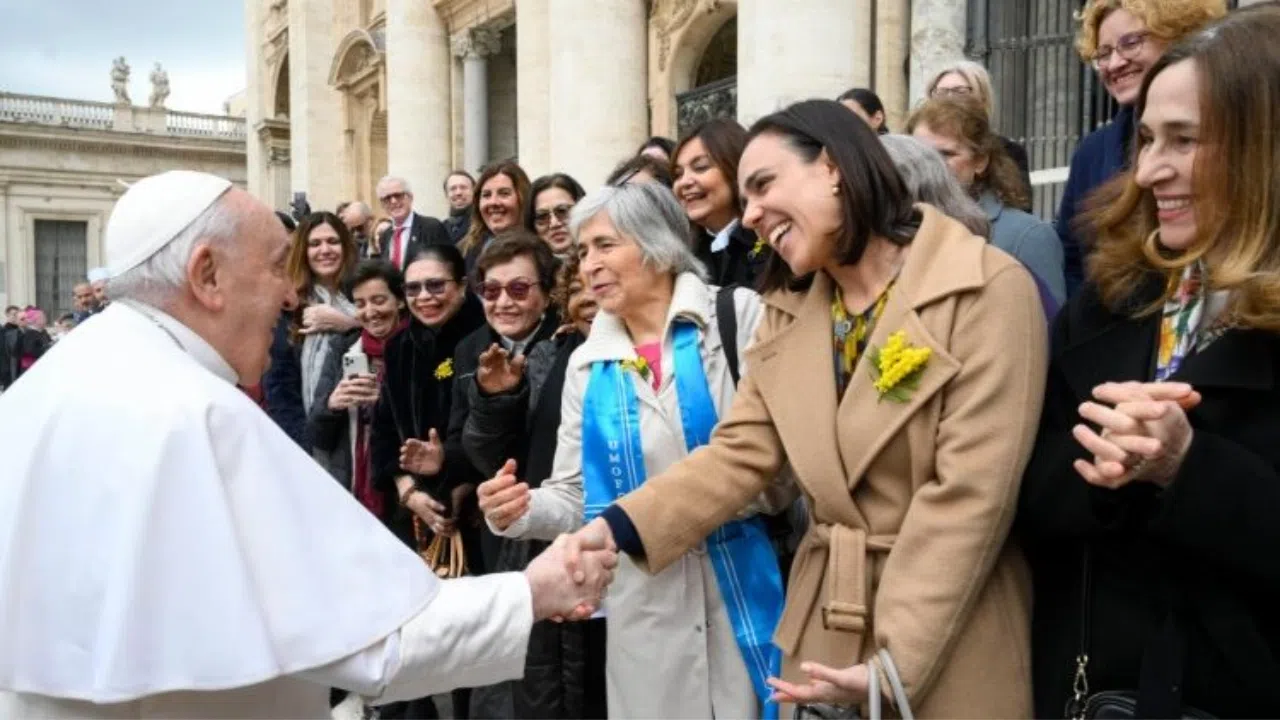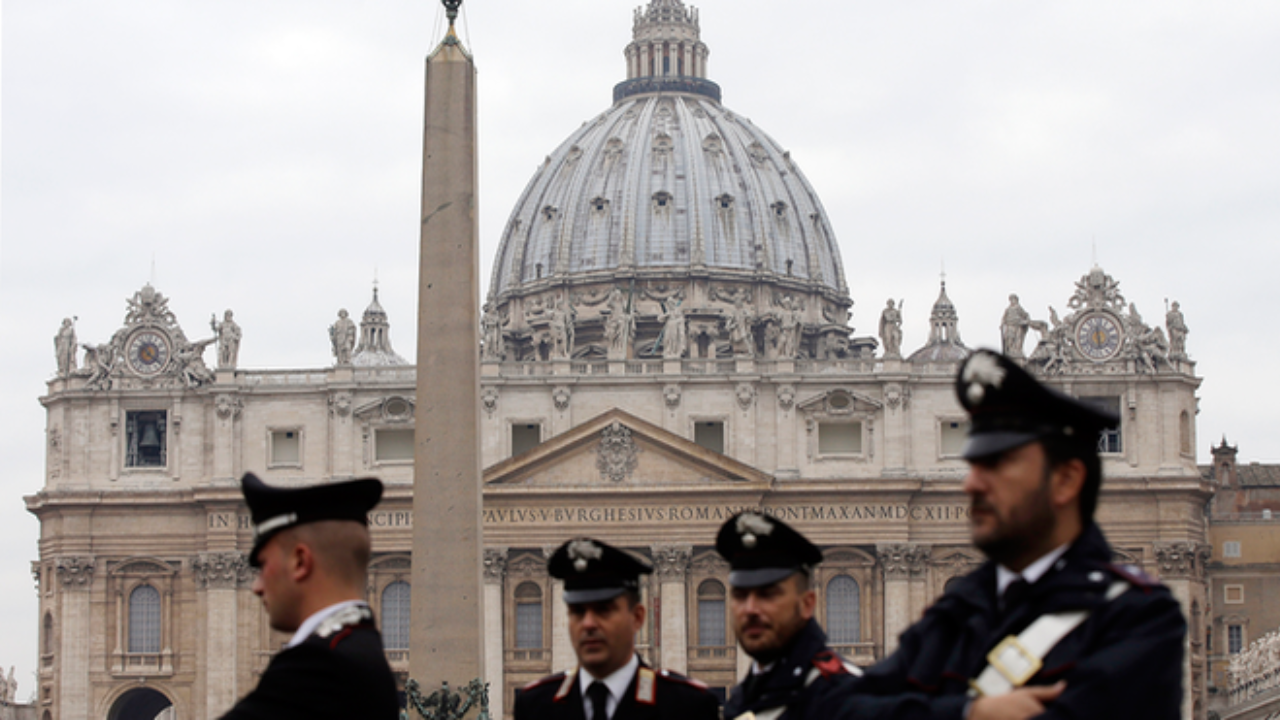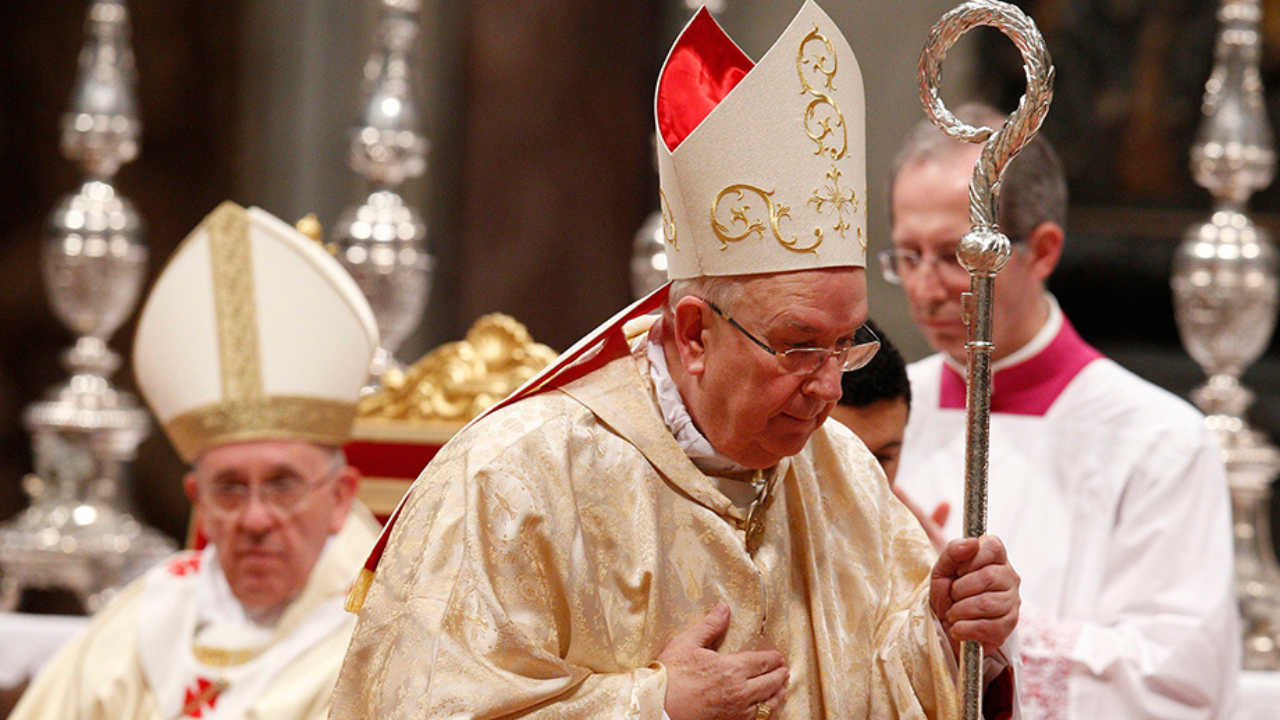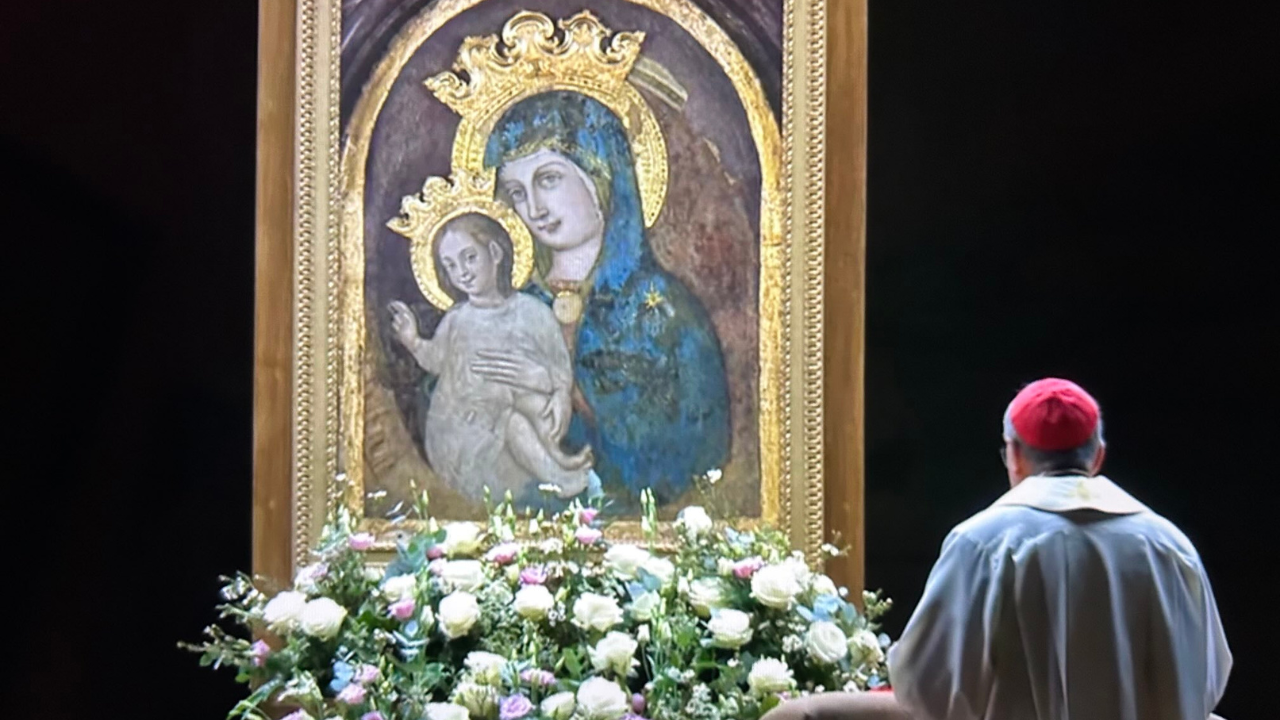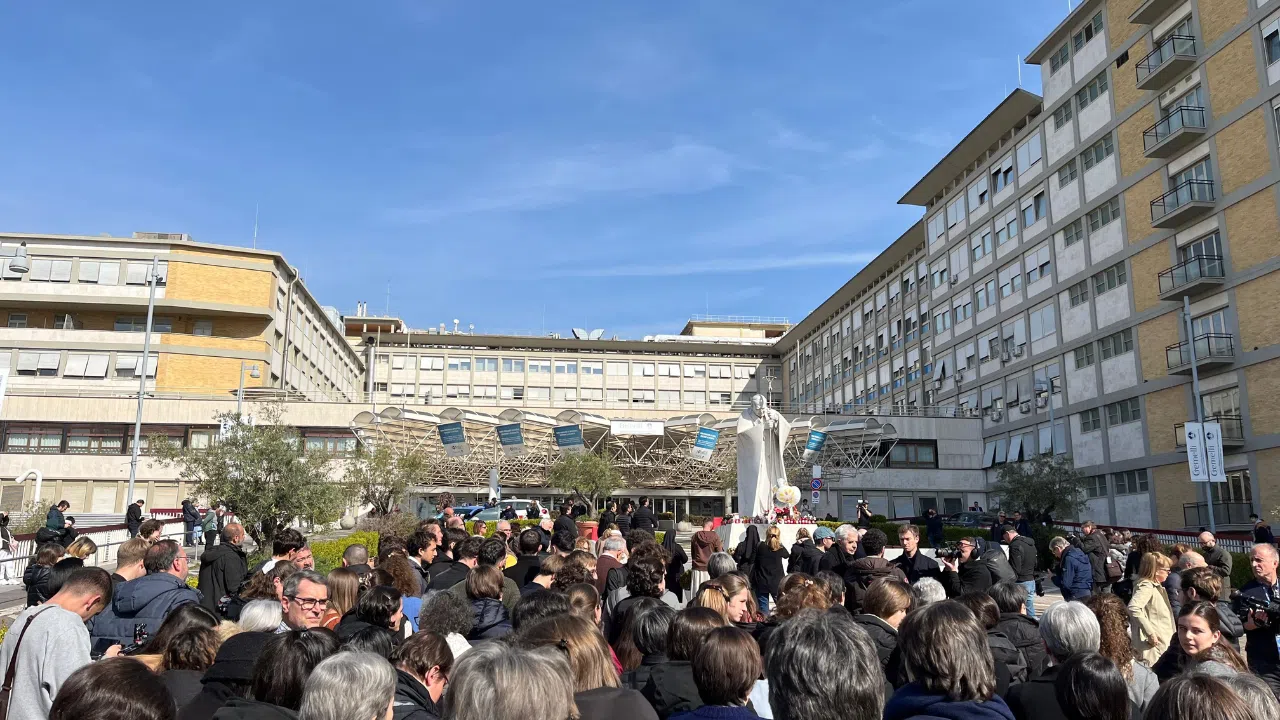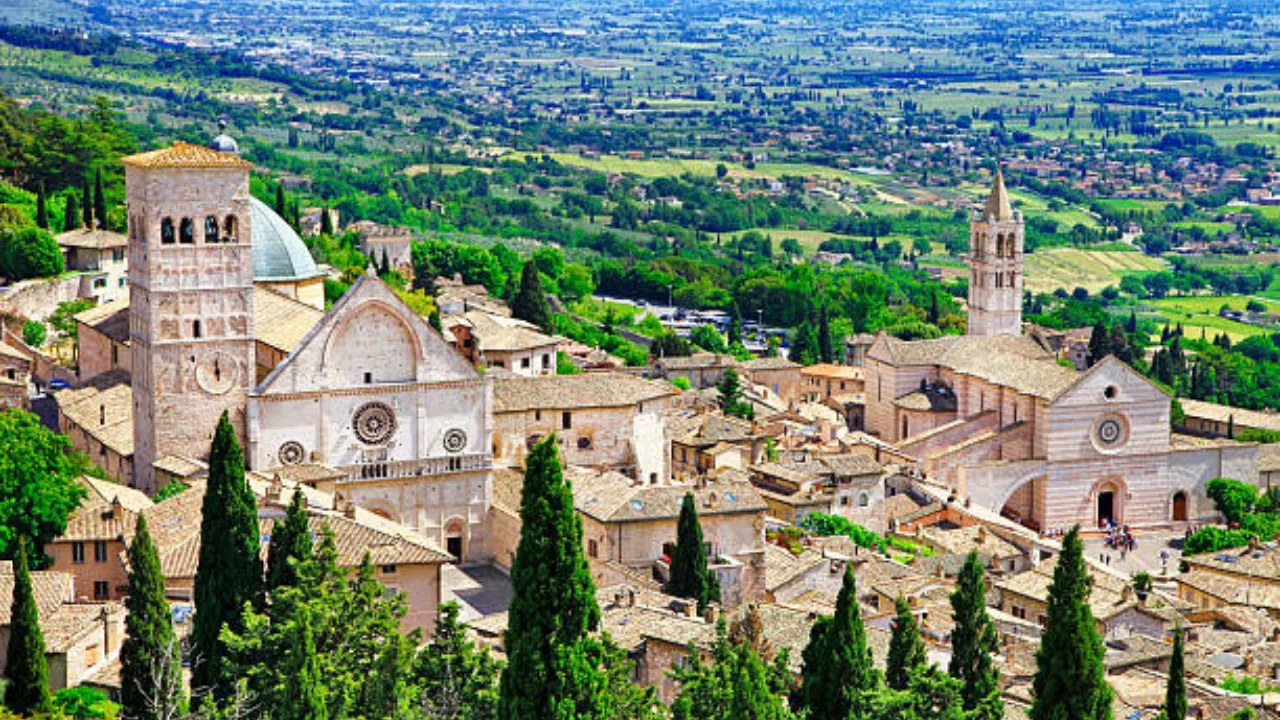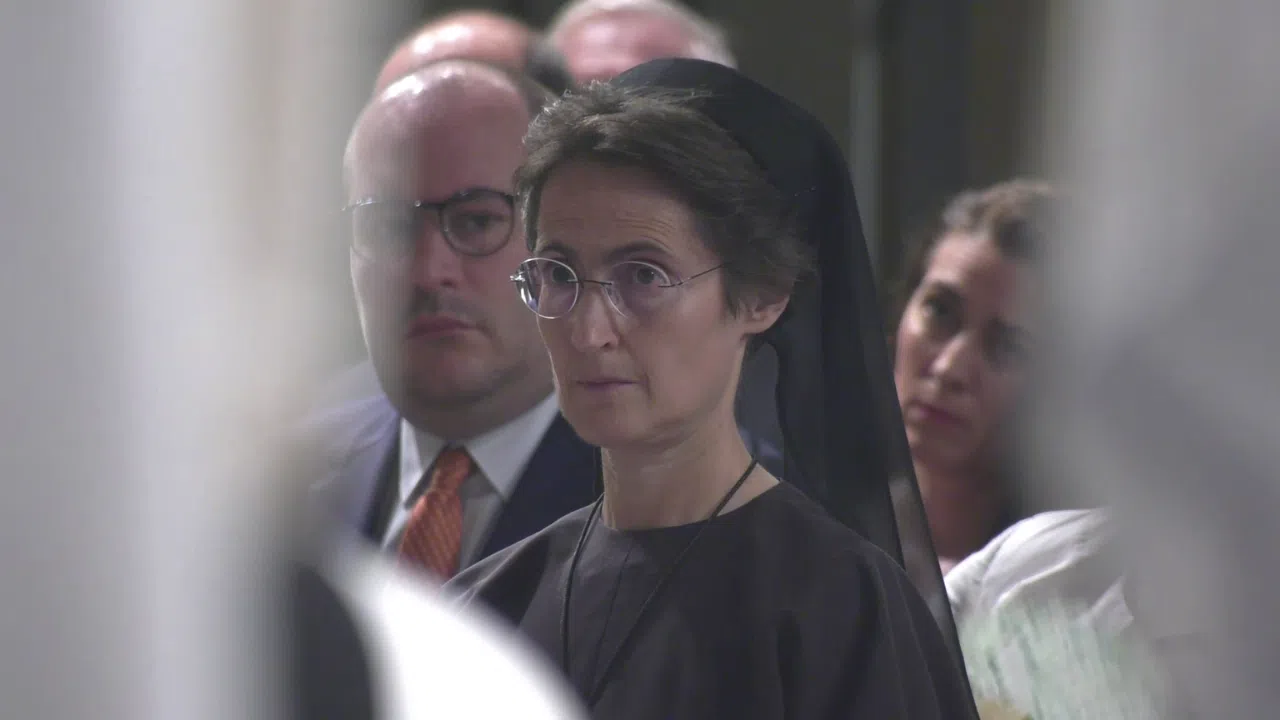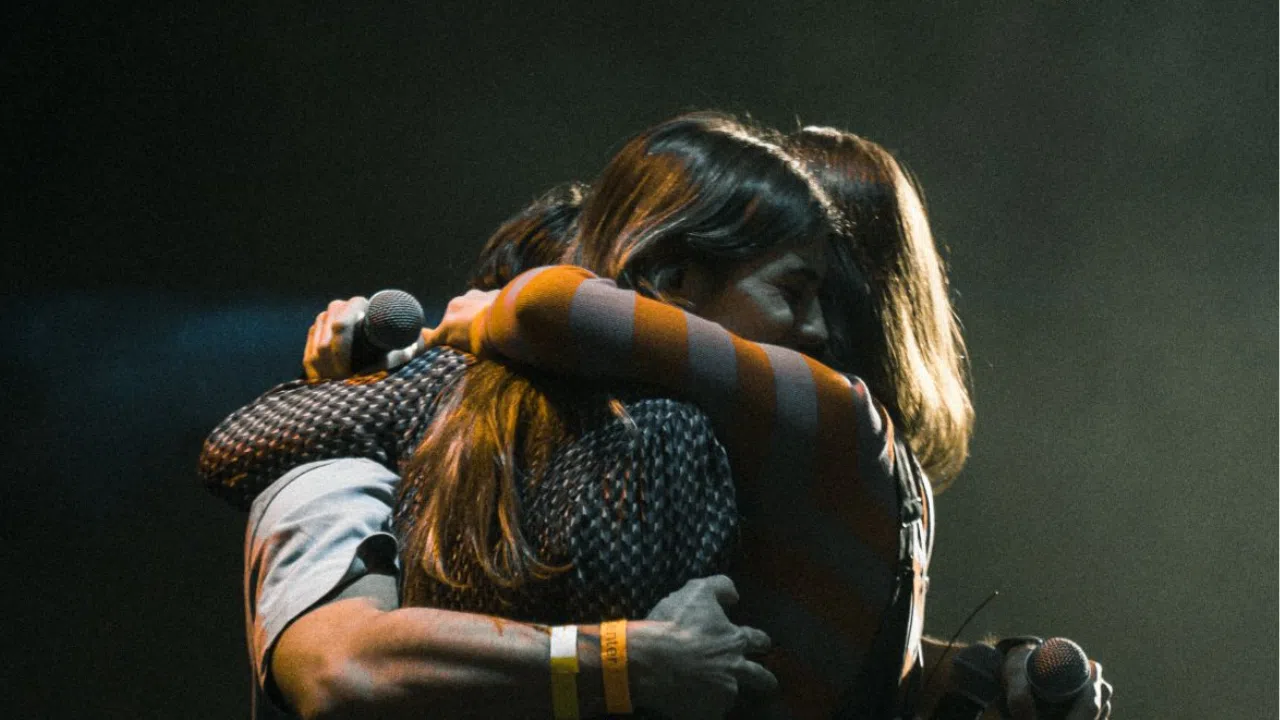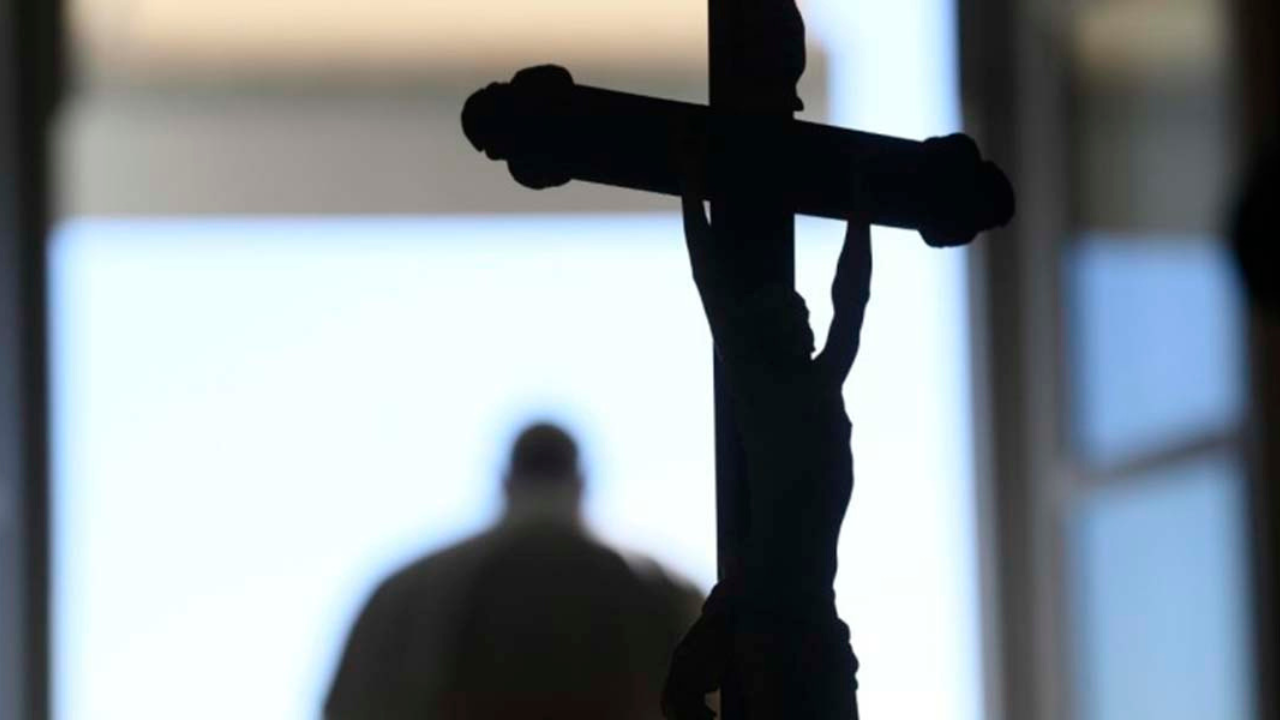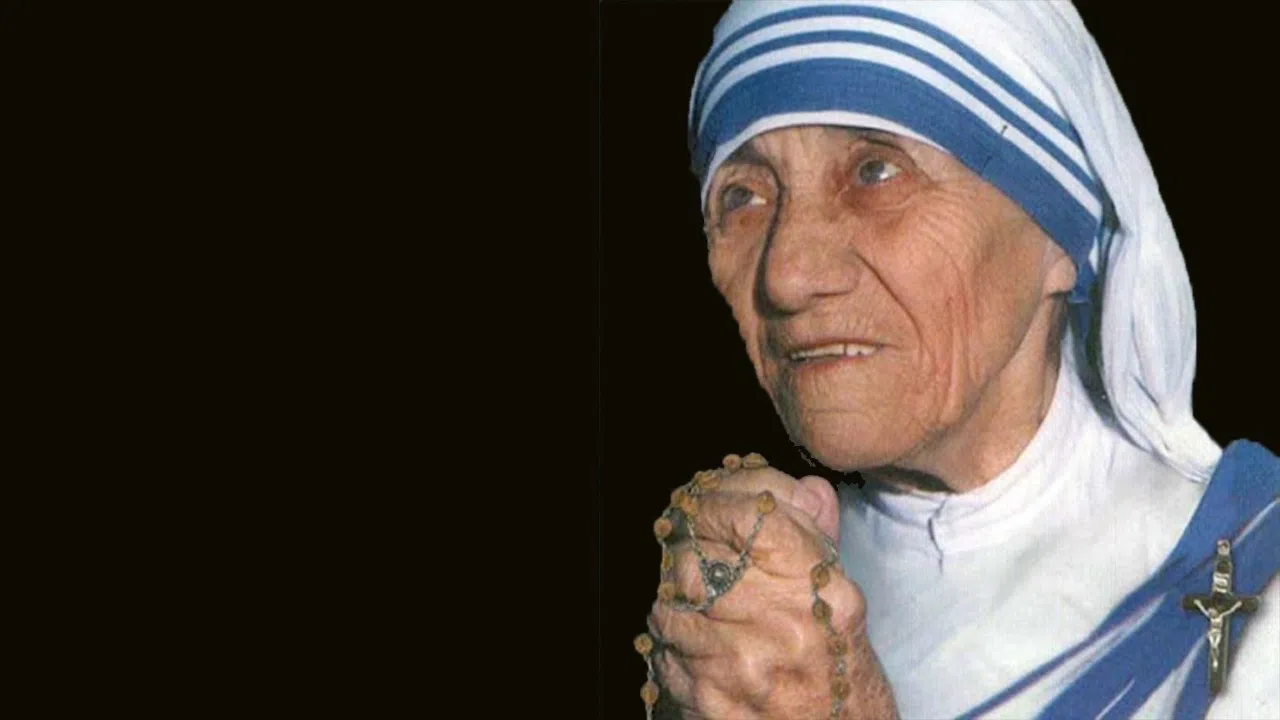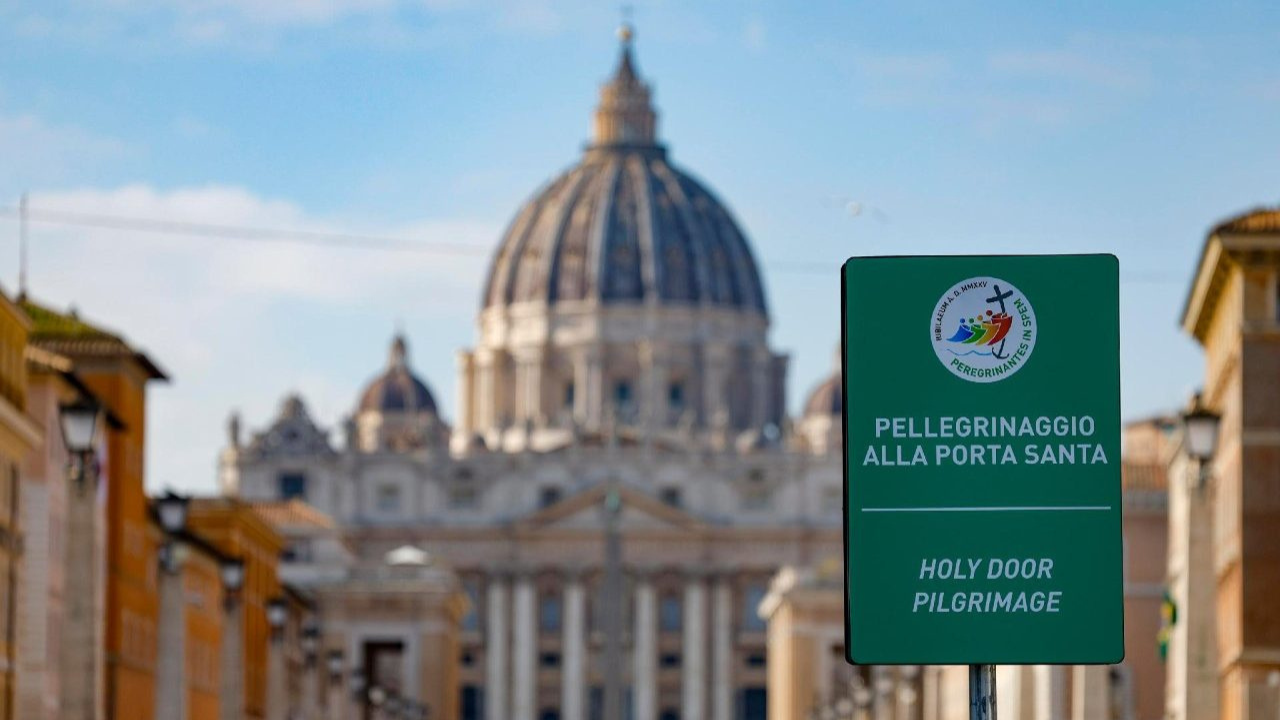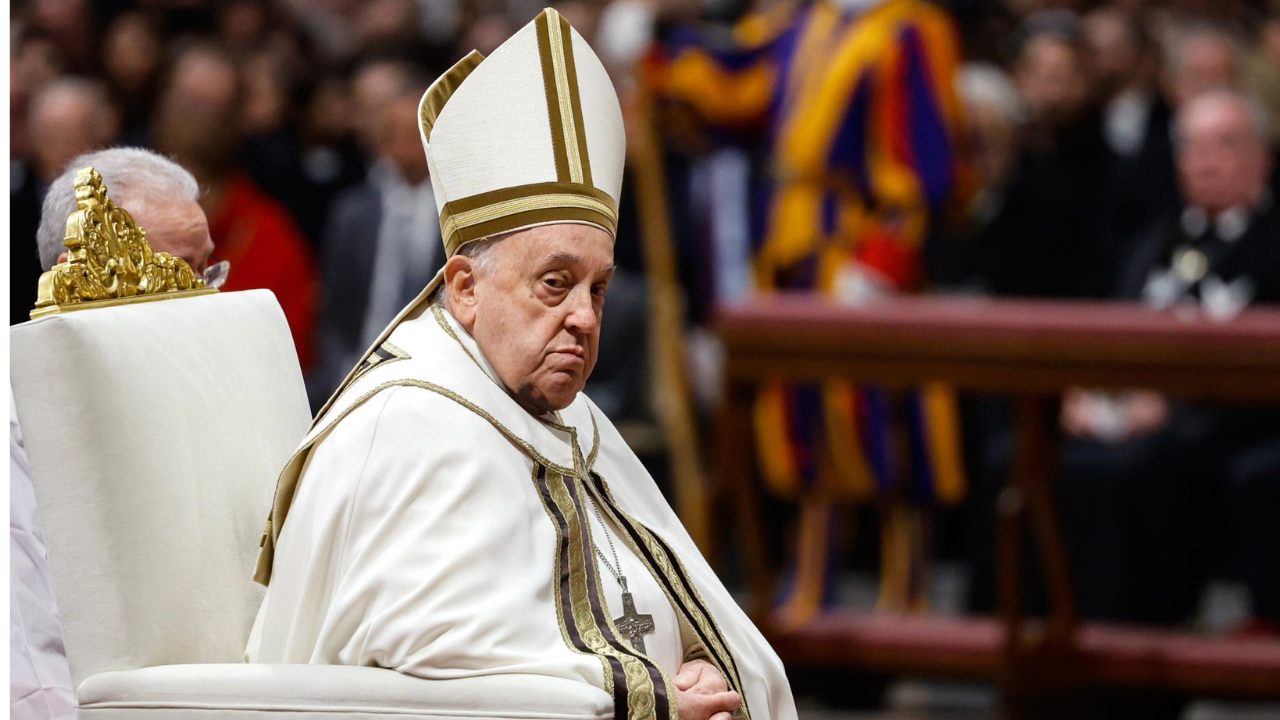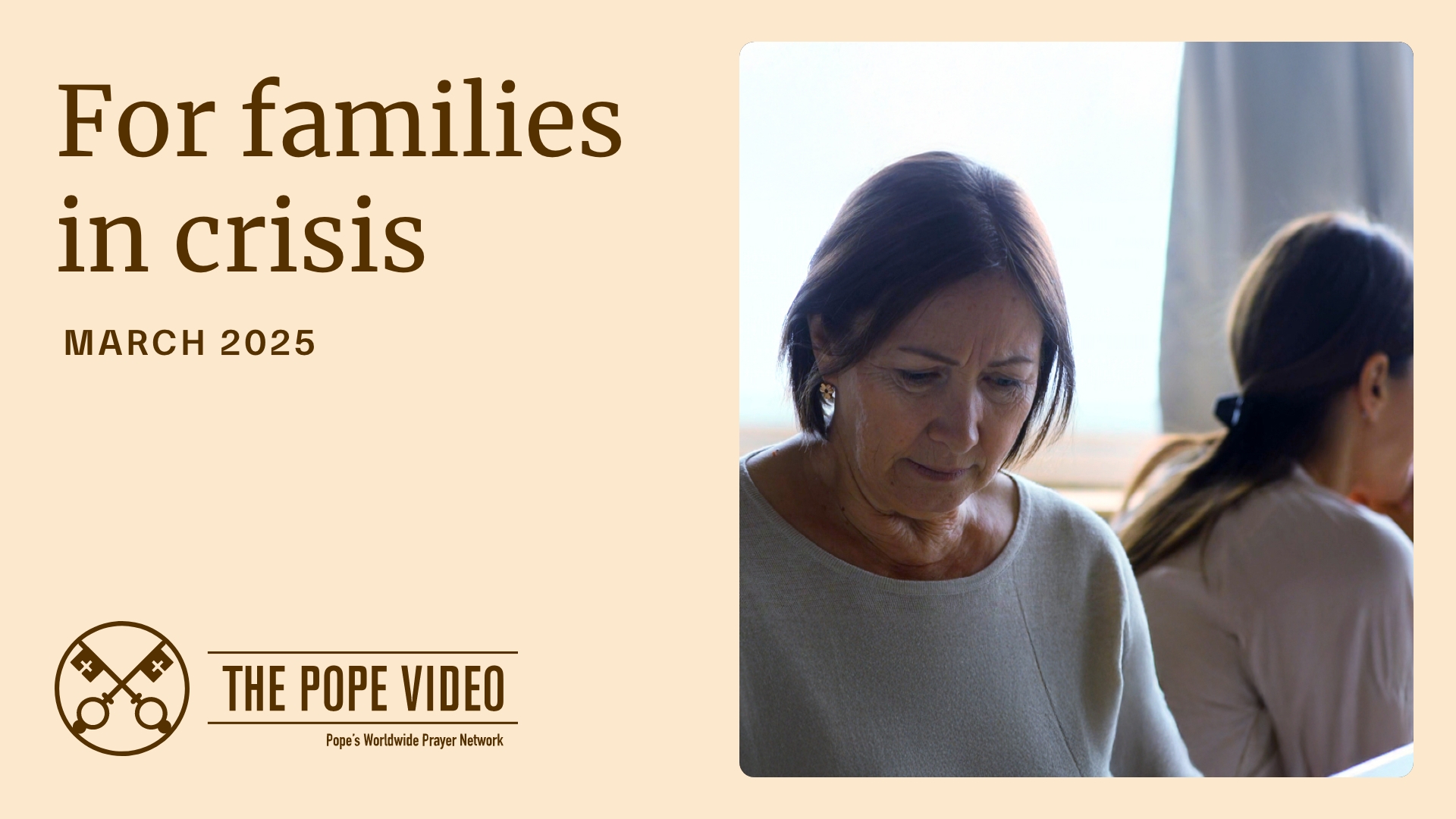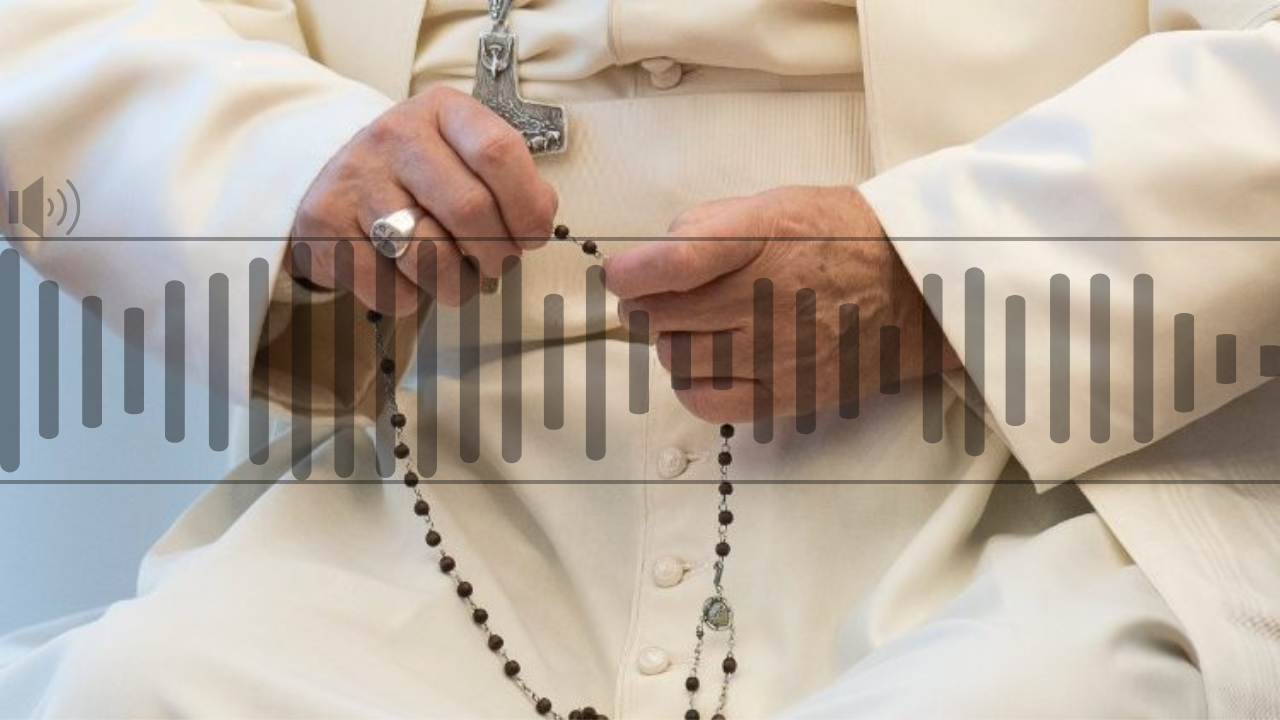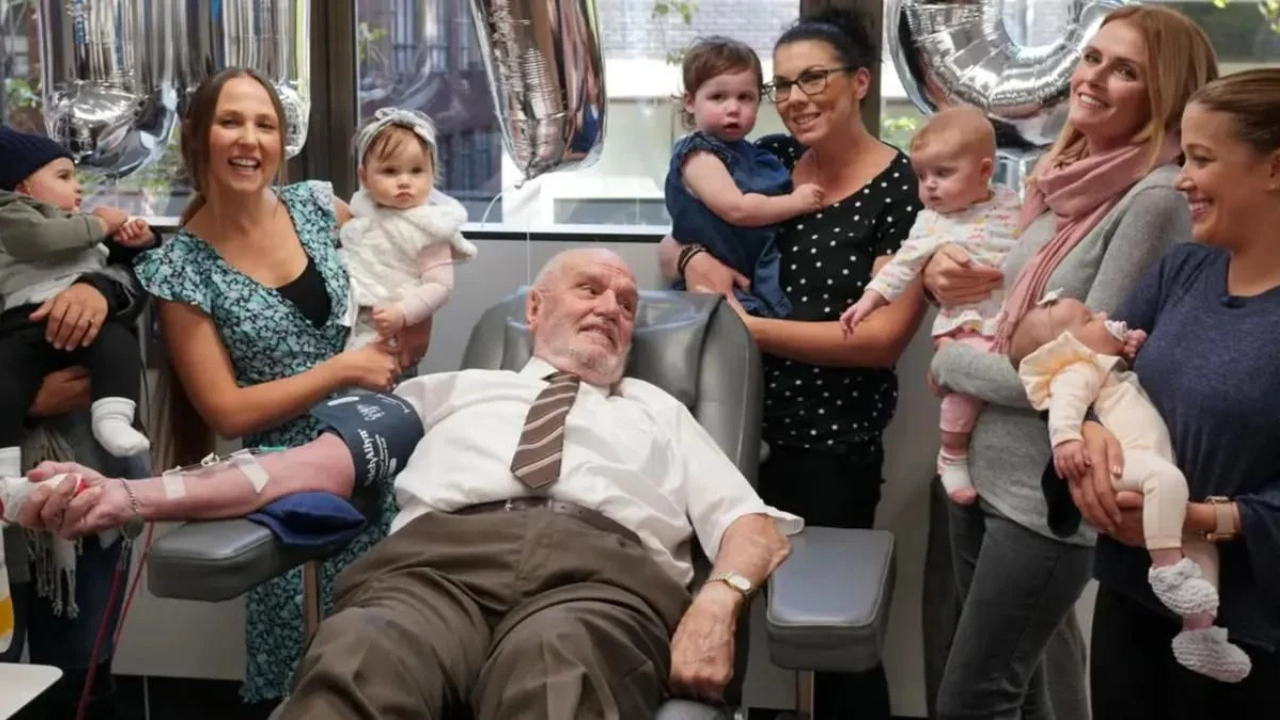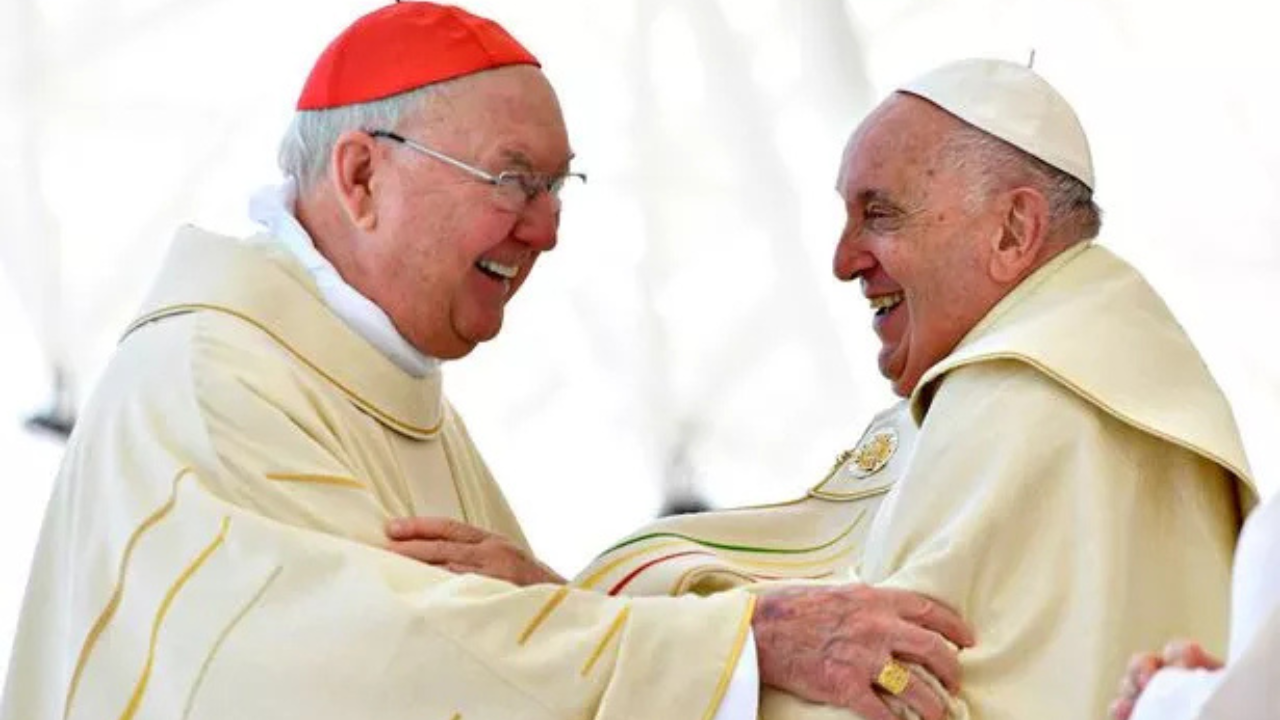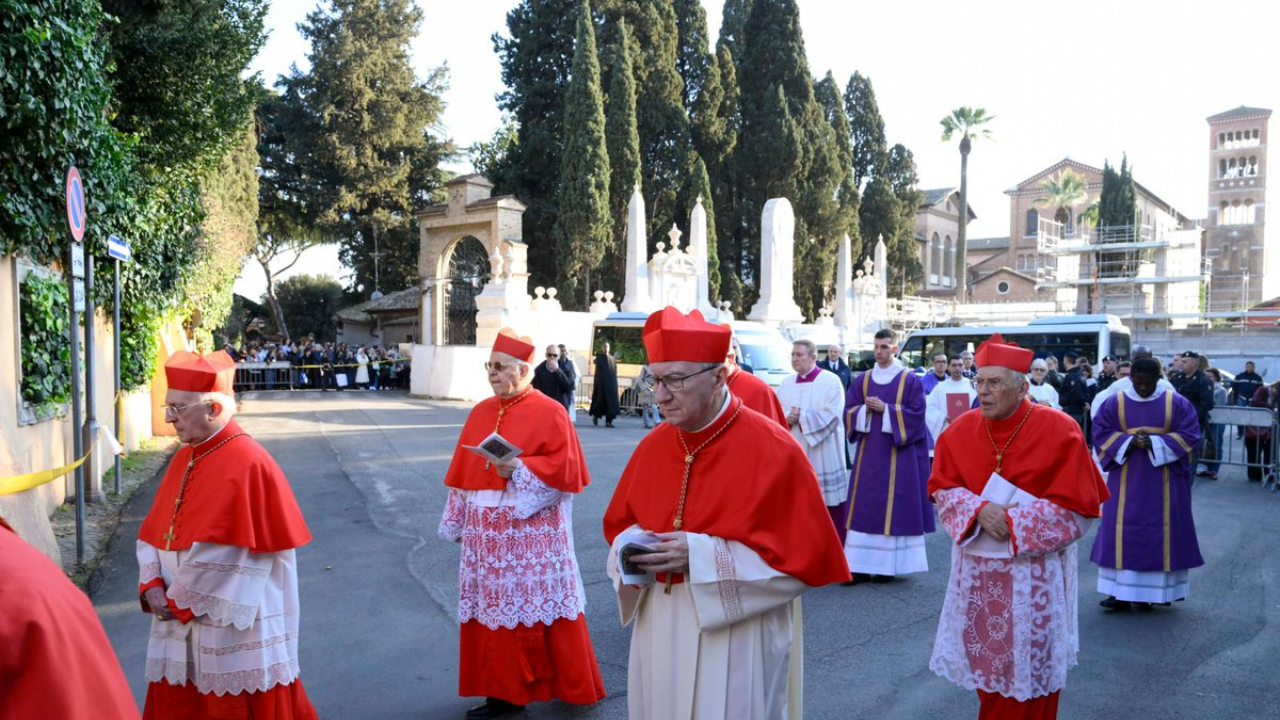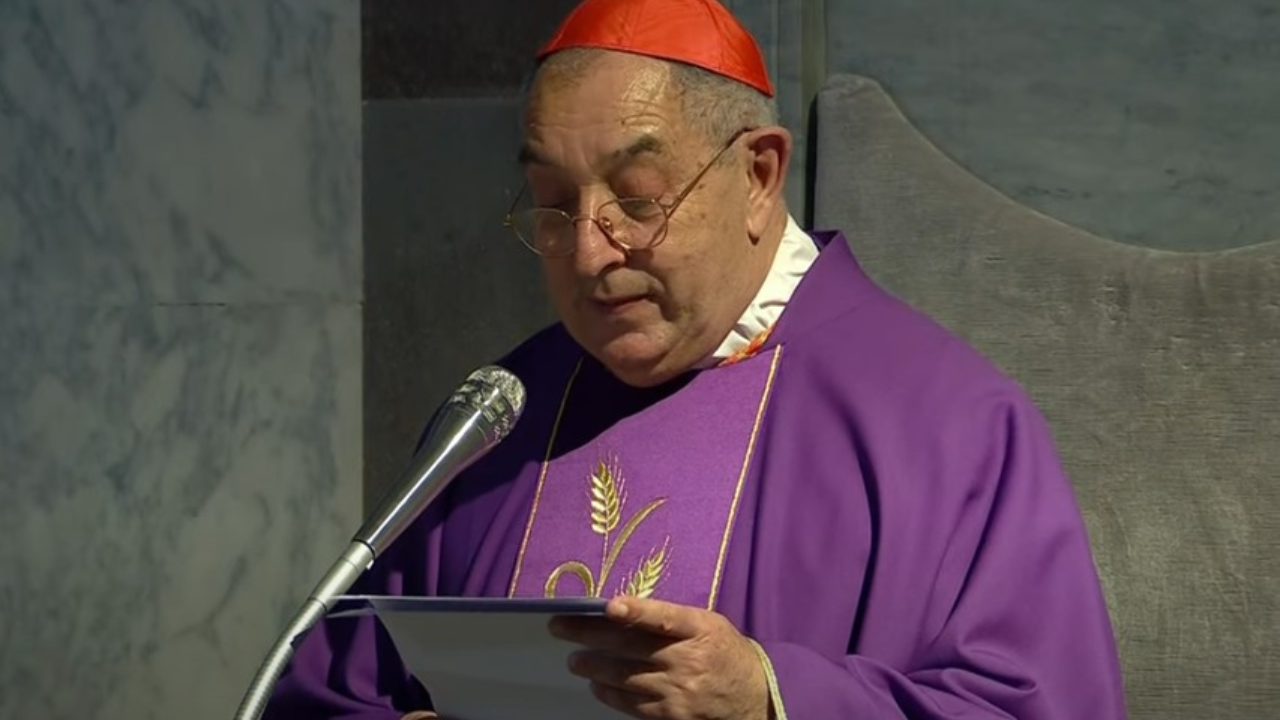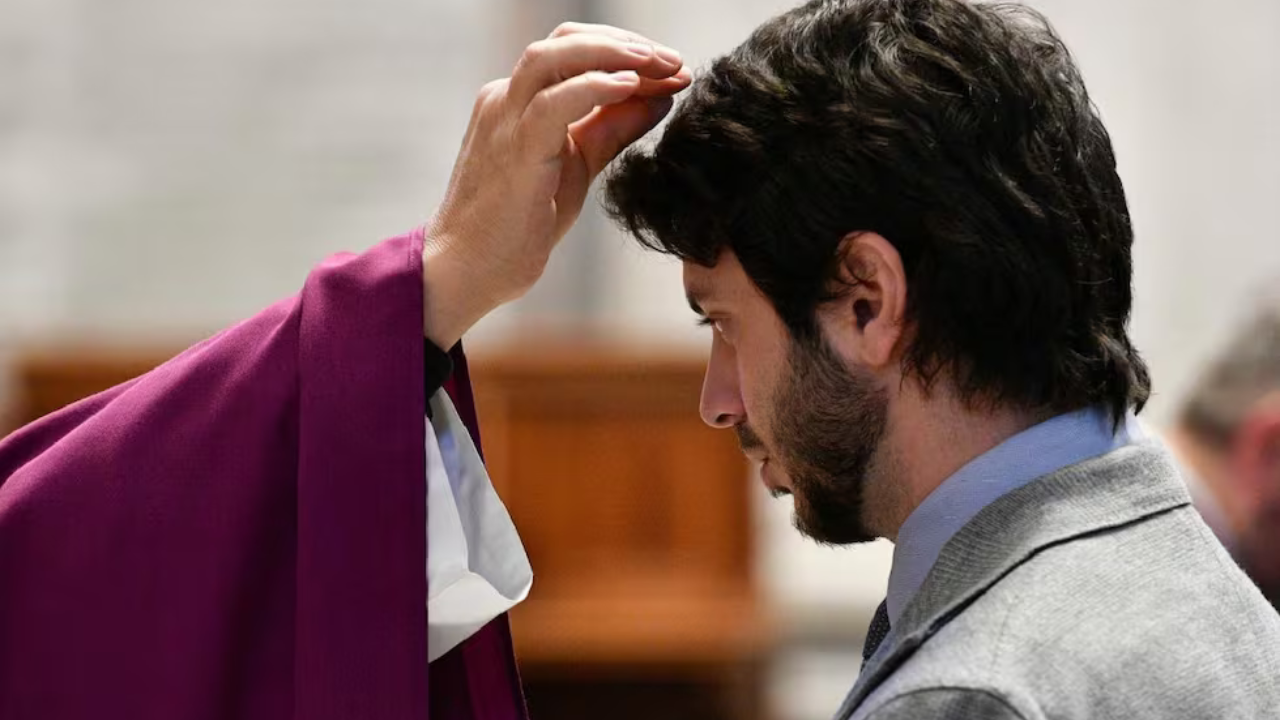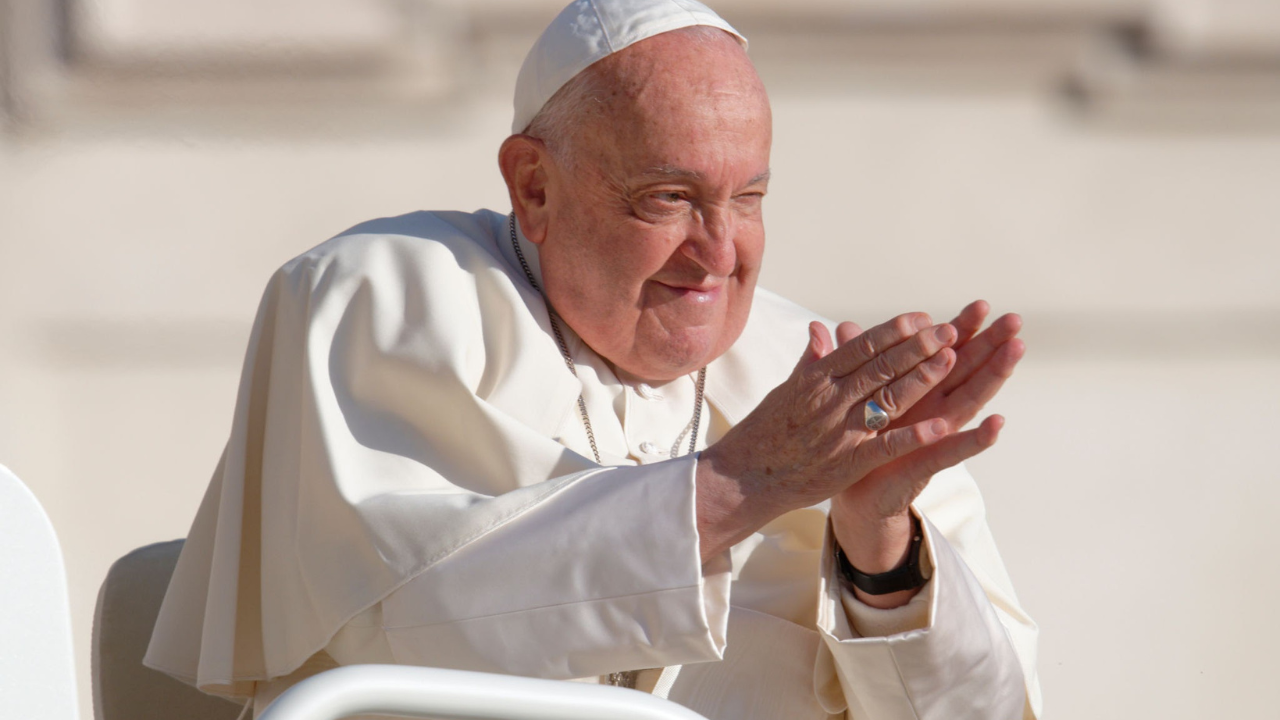The Covid-19 pandemic has restricted travel just about everywhere. With the exception of the border between the United States and Mexico.
Migrants seeking entry into the United States continue to arrive there. Most have endured dangerous journeys that have left them destitute.
Now, they are facing even greater challenges at the border due to the pandemic.
DYLAN CORBETT
Executive Director, Hope Border Institute
“Here, like other parts of the border, we’ve seen exceptionally high infection rates. We’ve seen a lot of death. We’ve seen terrible economic
fallout. And then it’s also driven immigration.”
Pope Francis calls repeatedly for immigration reform that respects the dignity of migrants. In 2016, he celebrated Mass in Ciudad Juarez, Mexico, only 50 yards away from the U.S. border. His visit continues to impact people working there today.
DYLAN CORBETT
Executive Director, Hope Border Institute
“I remember when he came here to the U.S.-Mexico border and brought a message of compassion and hope, but also a challenging message: that we should not be building walls, this is not a time for wall-building, this is a time for bridge-building. And so that leadership, I think, is making a difference.”
Pope Francis’ message of compassion and hope is a source of inspiration to those working to assist migrants. They share his vision for borders to be spaces of “mutual enrichment”, and “communion in diversity.”
DYLAN CORBETT
Executive Director, Hope Border Institute
“I think that’s what the U.S.-Mexico border can be, it can be a place of encounter, it can be a place of compassion, it can be a place of mercy. And we can build a system, a worldwide system of immigration and protection for people on the margins, protection for people seeking asylum that’s worthy of human dignity and worthy of the calling God is making to us through migrants.”
The Hope Border Institute takes that calling seriously, and does everything it can to live up to its name.
JM
